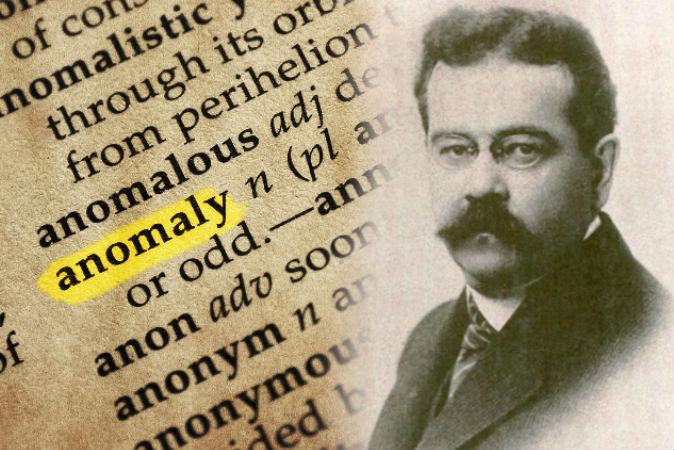The story of Atlantis is one of the most renowned and enduring tales from ancient Greece. This island, mentioned in the works of the philosopher Plato, was said to have been swallowed up by the sea. Yet the story of Atlantis is not unique to the ancient Greeks, as other cultures also have similar legends of landmasses that disappeared under the waves. One of these is the story of Cantre'r Gwaelod from Wales.
Cantre‘r Gwaelod (meaning “The Lowland Hundred”) is said to lie between Ramsey Island and Bardsey Island in the area known today as Cardigan Bay, in the west of Wales, UK. It is believed that Cantre’r Gwaelod extended about 20 miles (32 kilometers) west of the current shoreline into the bay.

The submerged prehistoric forest at Borth Beach, Wales. Kristi Herbert/Flickr



